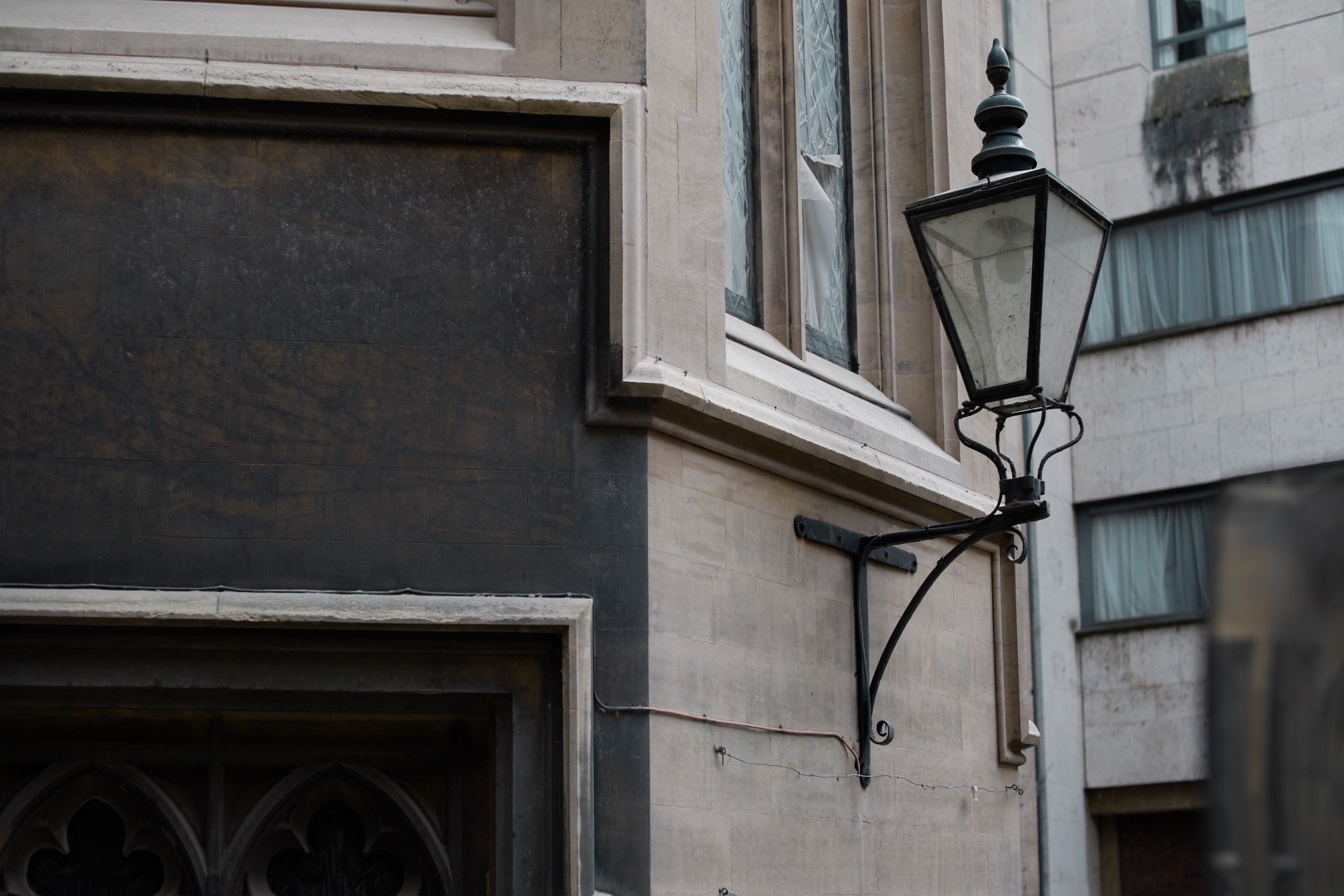How to clean facades?
Boost industry knowledge
A toolkit of best practice for the restoration and façade cleaning of buildings.
How to clean facades?
Get the ultimate facade cleaning guide
Façade refurbishment and restoration projects are complex undertakings. Timescales and budgets can all too easily overrun. This is often simply due to a lack of knowledge and the confusing array of available solutions. Which process best suits your façade material and business demands? Add to this considerations of access, containment of materials, security and potential disruption and choosing the right process for your building becomes fraught with uncertainty. Get it wrong and you may even cause irreversible damage.
Why clean facades
Stone is often thought to be timeless. Underground in the conditions of heat and pressure that created it, stone survives for millions of years. Brought to the surface, it comes under attack from the elements and therefore needs to be protected and maintained, instead of being assumed to last forever.
Nevertheless, there is a potential conflict between whether any adhering dirt or weathered veneer is in equilibrium with the environment and should not be upset, and whether the build-up of dirt that may lead to the breakdown of the stone should be prevented. It would appear however that much of the negativity surrounding the cleaning of natural stone façades is the result of poor research and improper selection of cleaning techniques. If cleaning is undertaken too late or not at all, the stone may suffer irreversible damage.
The primary concern is to prevent dirt build-up, principally from airborne particulates which may contain a range of potentially problematic materials that can react with the stone and reduce its lifespan. Damp areas are particularly likely to attract dirt – especially in a wet climate – and, if not already apparent, can be identified as a result of a clean. Thick layers of grime can retain water against or within masonry, resulting in increased salt cycling and accelerated deterioration in the stonework.
The removal of a seedling, for example, may prevent later damage from tree root growth and considerable disturbance to masonry, while dirt and staining may obscure evidence of structural failures that could eventually lead to significant shortcomings, such as stone falling onto adjacent public walkways.
Regular cleaning will help to identify areas where there is above average build-up of dirt and salts that may be indicative of more far-reaching problems which, if rectified at an early stage, may have considerable cost-benefit in the longer term.
What the façade cleaning guide offers
This technical information guide has been thoughtfully developed to provide you with more details about the range of restorative processes on the market and the benefits that a non-scaffold, dry and non-abrasive façade cleaning method can offer compared to traditional methods.
It takes an in-depth look at the traditional façade cleaning methods and their characteristics in order to understand both their benefits and pitfalls.
- Issues of access, water, and waste containment are all examined.
- Potential impacts on both building occupiers and the public are considered.
- The guide also explores a dry, non-abrasive alternative method and how the above issues are minimised, whilst the benefits of speed, value and sustainability are maximised.
Written in simple, no-nonsense language, this comparative guide gives you clear and accurate advice to ensure a successful building façade cleaning project.
Download our guide or get in touch to order a free printed copy.



